|
12th July 2022 Another Tuesday is here and it means we're at the The Sovereigns with the Woking Board Gaming Club for an evening of gaming fun. In Vino Morte (In wine there is death!) is a much more depressing phrase than in vino veritas but is this a more depressing game? Well... since it's about poisoning your friends to death, I'll let you decide... What's in a game?
The cards are a standard quality you'd expect from a modern game. Like all games from Button Shy Games, this comes packaged in a wallet. The 2 pieces of artwork used for In Vino Morte have a sort of flat colour illustration style, it looks bright and pleasant. There's no iconography or text in the game and it's only 2 images contain a bunch of grapes or a skull & crossbones. It's all self explanatory. How's it play? Setup
On to play Each round, cards representing wine will be dealt out to all players and may or may not contain poison. The objective is to avoid drinking the poison and stay alive and last player standing is the winner.
Endgame Play continues until only 1 player remains and they are declared the winner. Overall
There's not much I can say about In Vino Morte other than it's probably the most unalloyed, unfiltered bluffing game I've played. It's simplicity and accessible rules make it a game of guessing and second guessing, players must try and anticipate what their opponents' motives will be. However, there's definitely a peculiar quirk and asymmetrical gameplay at work here. When a player is the the dealer, they'll have the opportunity to notably alter the playing time. E.G., The more poison cards the dealer doles out, the more players will be eliminated. A bold dealer could give out poison to all other players and see where it goes for example! I imagine it will present dealers with some intriguing propositions. In Vino Morte also has player elimination which is something I'm not fond of and usually consider a bad thing. Luckily, the game is almost a spectator sport and even when you're knocked out, it's still fascinating to watch how the remaining rounds will play out. It helps that it's also a pretty fast game to get through. With a quick play time and easily understood rules it can make a great little filler or party game, especially since it plays up to 8 - provided of course that the players like this type of game. If you don't like bluffing games, then this is one to avoid; but if you do, then you'll probably love In Vino Morte and it's definitely one to try.
0 Comments
19th September 2021 Sunday afternoon gaming at The Sovereigns continued with Love Letter: Batman. Love Letter: Batman is of course a licensed reskin of the most excellent Love Letter, a game that we've played a lot of in the past. I'm not going to talk about Love Letter: Batman too much because it differs from the original in only 2 ways - more on that later. Love Letter: Batman cleverly maps characters from the Batman milieu into the game. Batman becomes the guard, which when you think about it makes sense, since he's able to immediately take out enemies if he's smart enough. The Joker becomes the princess, power in some situations, but liability in others and he's one everyone's looking. Robin becomes the handmaiden, protecting the player by drawing enemy attacks away with his brightly coloured garb! The cards in Love Letter: Batman pretty standard quality and are all illustrated with suitably comic book styled artwork which all looks the part. The game also utilises bat-symbol themed scoring tokens - pretty cool. The rule changes
Love Letter: batman changes 2 rules from the original.
I've heard it said that it this rule makes the game play quicker, but the higher victory threshold for 3-4 player kind of negates that. Conversely; in classic Love Letter, even if one player is 1 point away from winning and all the other players are at 0 points, until that player has won that final hand to win that final point, it's not over. Yes, it'd be a hard turnaround and a longshot, but it doesn't change the fact that nothing is over 'til everything is over. Want my opinion? Just play Love Letter: Batman as classic Love Letter. Yes, it does make having this version sort of of pointless, but the classic version is the best version and there's nothing stopping you yelling dinner, dinner, dinner dinner, BATMAN when you play a card. 10th December 2019 It's a Tuesday evening in Woking and we're at 'The Sovereigns' with the board game club. The first game of the night was 'Cockroach Poker'. Now I mean this in a good way: But Cockroach Poker is quite possibly the most horrible game of all time. It's a horrible game all about horribly lying and bluffing. At the end of one game a player said to me. "Can we please now play a game where we don't all hate each other!". That sums Cockroach Poker pretty nicely. What's in a game? Cockroach Poker consists of nothing more or less than a deck of 64 cards. There are 8 types of card (All based on types of 'horrible' creature.) and 8 copies of each type. Because my blog demands a bullet-point list, i thought I'd list what's on the cards. All the cards are well illustrated with stylised pictures of all the 'creepy-crawlies'. The art hasn't skimped on either, there could have been just 8 illustrations for the 8 types. But they are different pictures for each card, so 64 in total.
How's it play? Setup: Deal out the entire deck to all players. Players must keep their hand of cards secret. Cockroach Poker is a game about trying to guess whether the other players are speaking the truth or lying through their teeth
Endgame Their are 2 ways the game can end. The game will immediately end when any player has put the 4th card of a single type into their playing are. Or when any player must play a card to another player, but has no more cards in their hand. In both cases, when this occurs, that player is the loser and all other players are winners! Overall
Cockroach Poker is a clever little bluffing game. Telling the truth is equally bad for players as lying, so there's no 'easy' get-out by telling the truth. Having a card pushed towards and trying to guess whether your 'friend' is lying or not can be a stress. But when a player chooses to pass the card, it doesn't get them out of hot water. It just changes the source of the stress, now players are hoping that their opponents are can't see through their statement. I've also seen players counting the number of cards that have already been played before making a choice. But it doesn't matter because the whole deck has been dealt out to players! Not only is the game negative and horrible, so is the end. The game only plays to the first loser and everybody else wins! No one wants to be the sole loser! So in summing up: Cockroach Poker is a horrible, horrible game and everyone should play it. 5th February.
2nd game of the night at 'The Sovereigns'. Loot is a little card game by Reiner Knizia about chasing wealthy merchant ships with your pirate boats. Perhaps this game should be combined with Century Spice Road which we had just finished playing! Loot is a fairly simple looking game with some hidden depth. Loot has different 4 types of card.
Everyone starts with a hand of 6 cards. During your turn you check for winning battles, (more on this below). Then you draw a card or play a card. What cards you can play depend on what's already been played.
Right at the start of your turn, you check for winning battles. This involves looking at all the merchant ships in play, if your pirate attack against a merchant is stronger than any other pirate's (or is uncontested), then you claim the merchant ship - all other cards are discarded. If the attack strength of 2 or more players is identical, then there's a stalemate and the merchant has not been captured by anyone. Pirate captains and the Admiral act as a trump cards and win a battle, regardless of the attacks strength of other players. Play continues until the deck is depleted. The player that captured merchant ships with the highest combined value of gold wins (any merchant ships in your hand at the end of the game are deducted from your final score). And that's pretty much it. Good, clean, wholesome, pirating fun. A great little filler game, quick to play and easy to learn. With enough strategy to keep it interesting. |
AuthorI play, I paint. Archives
March 2024
Categories
All
|



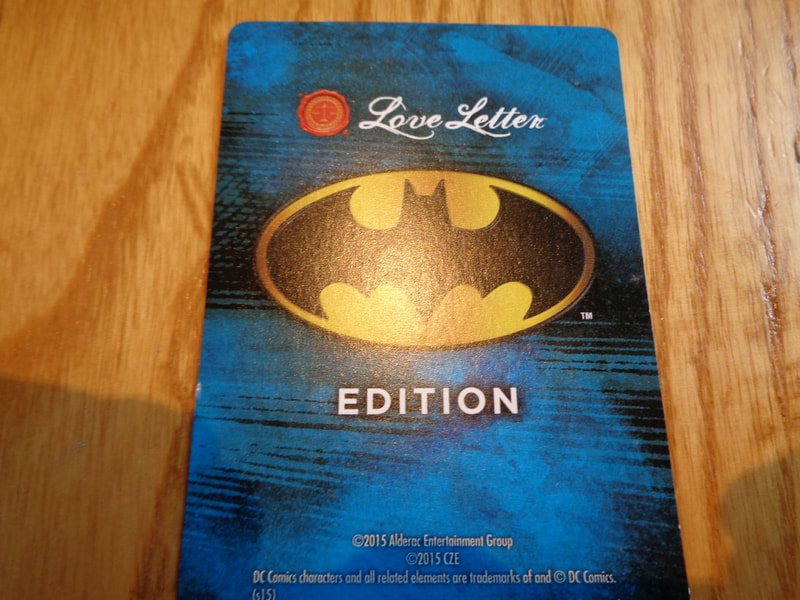
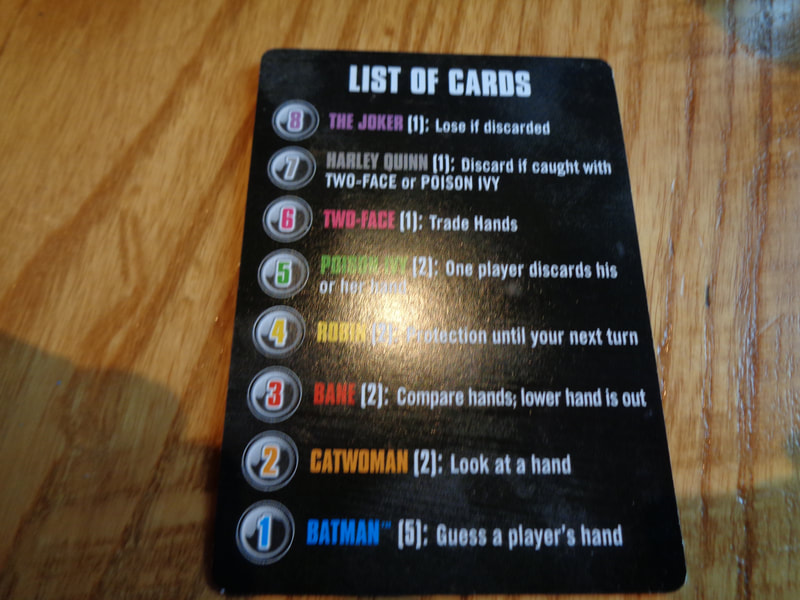
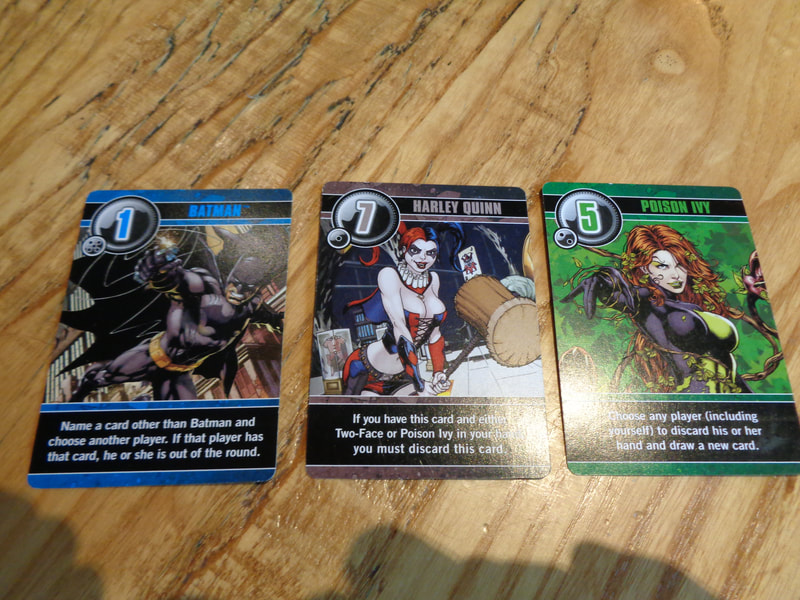
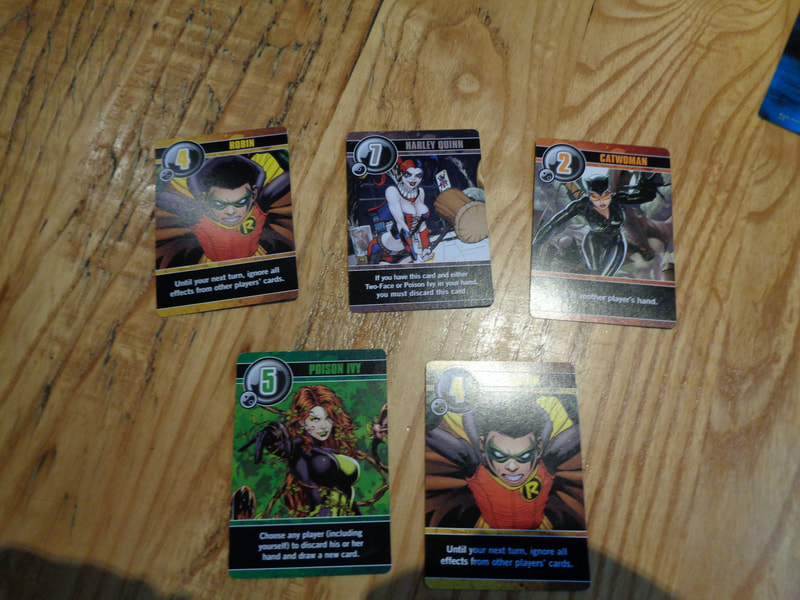
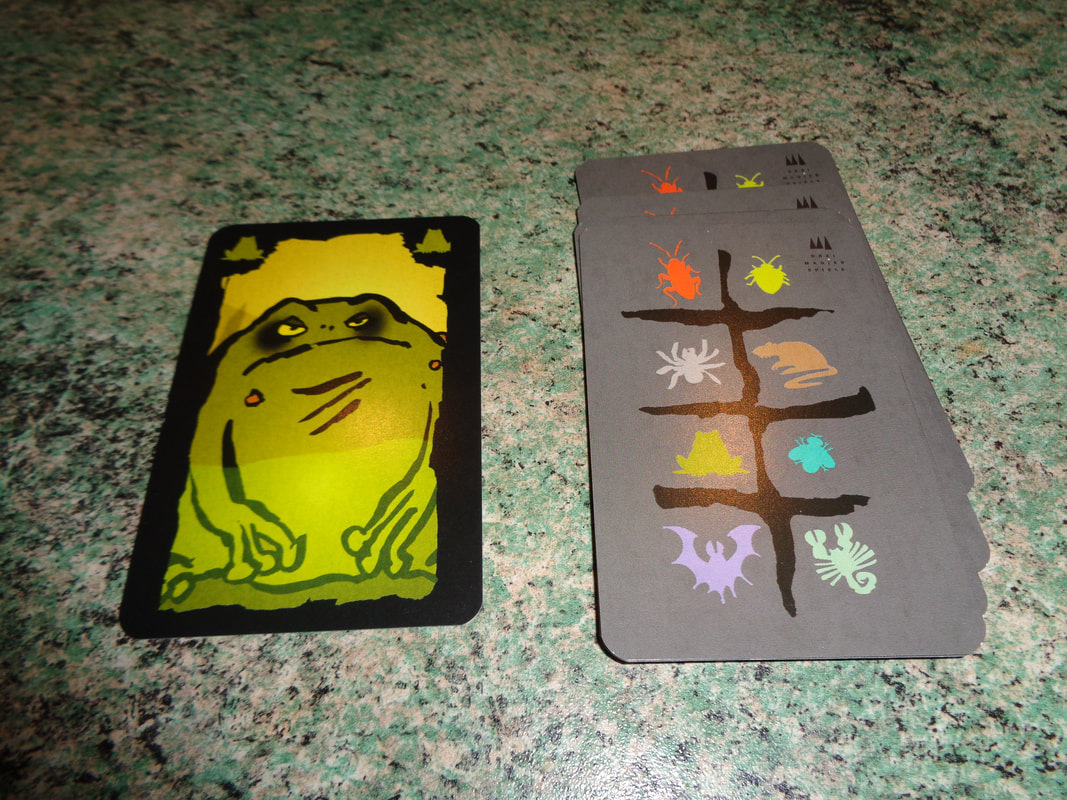
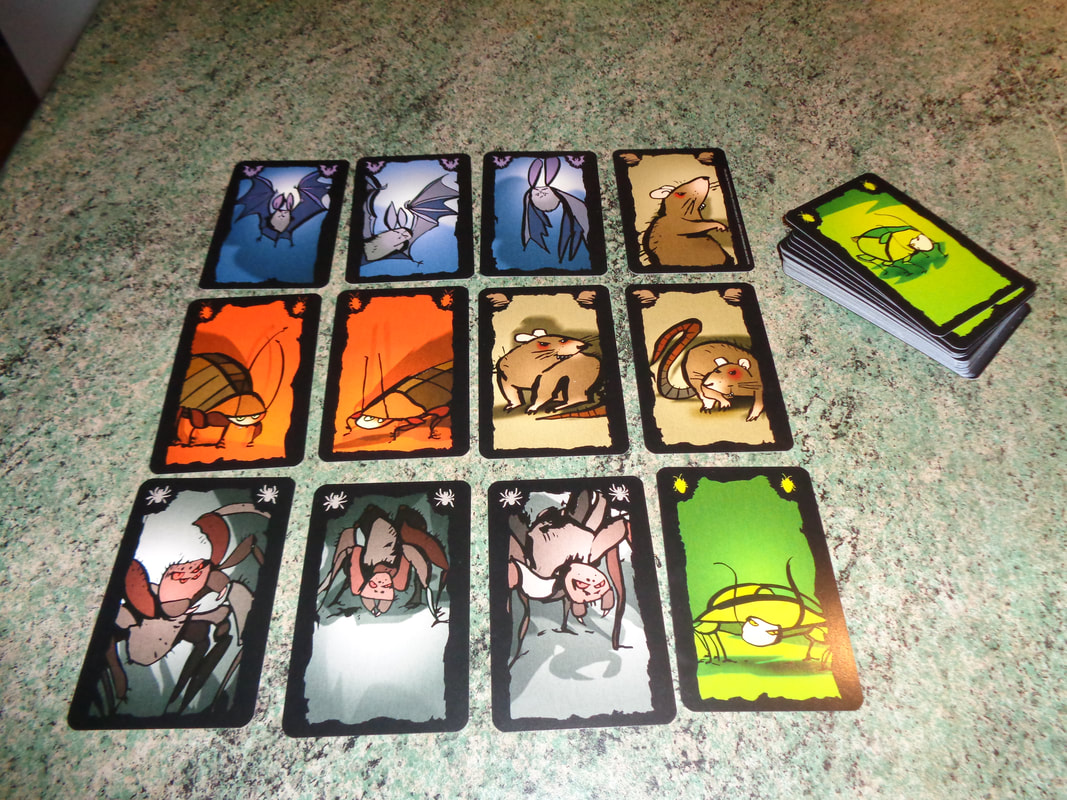
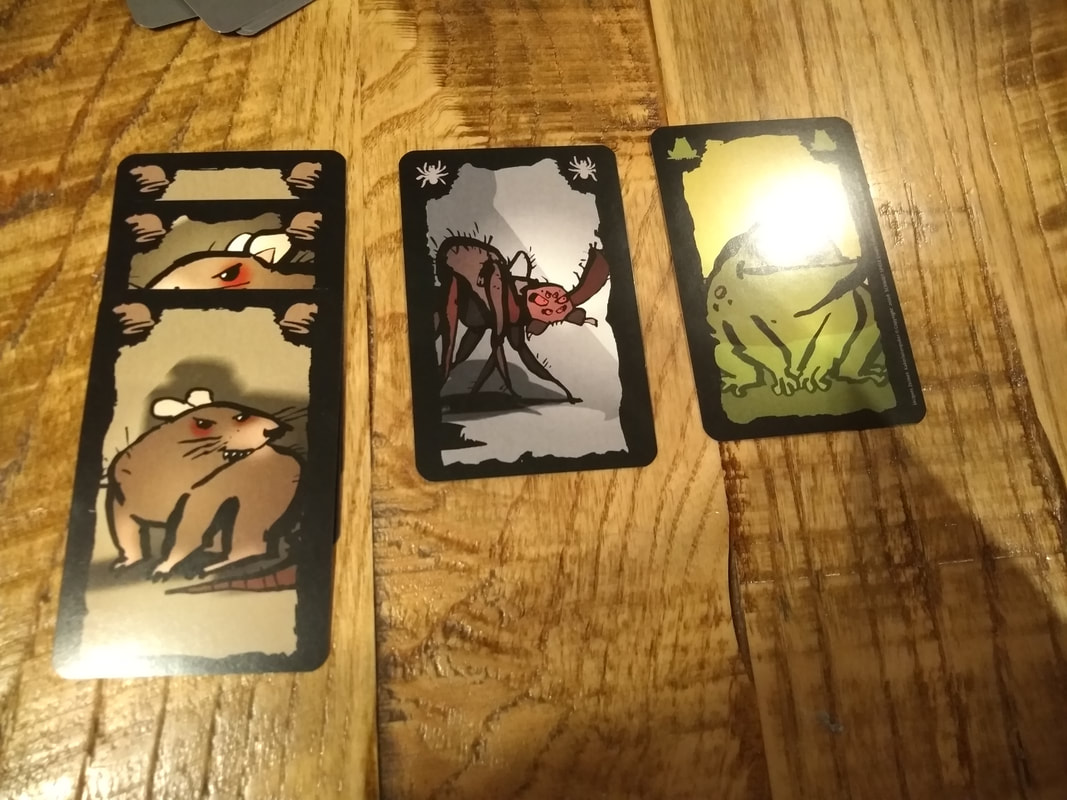
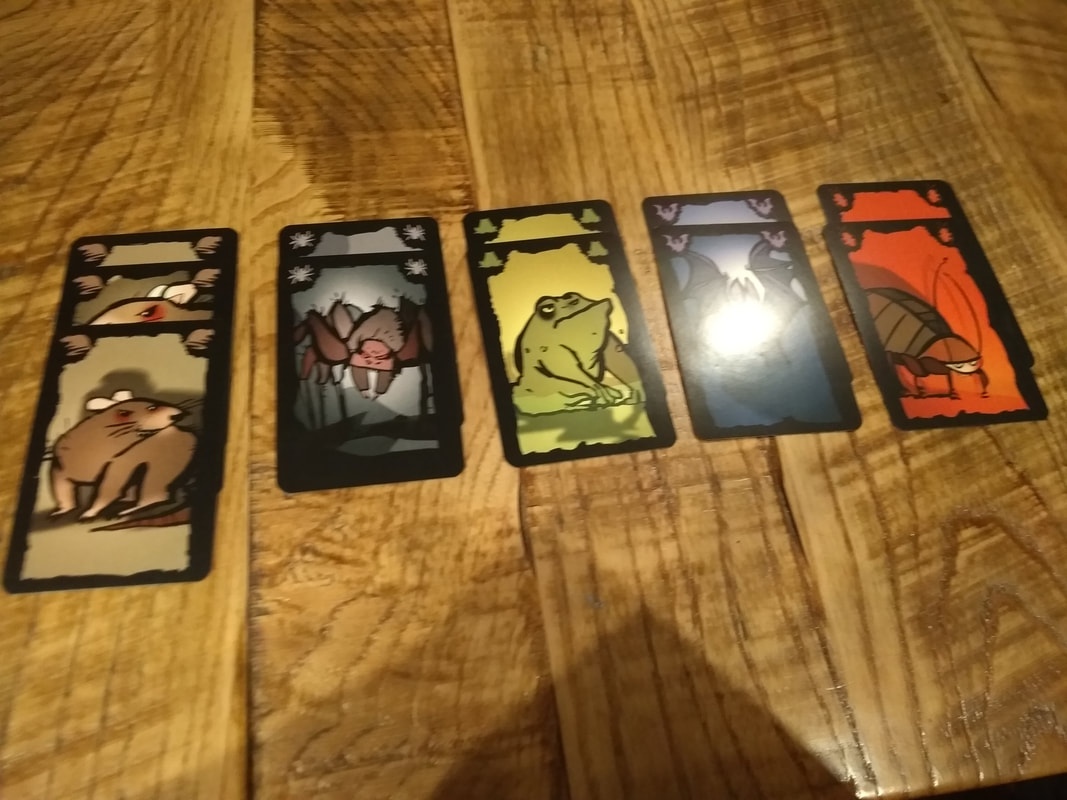
 RSS Feed
RSS Feed
